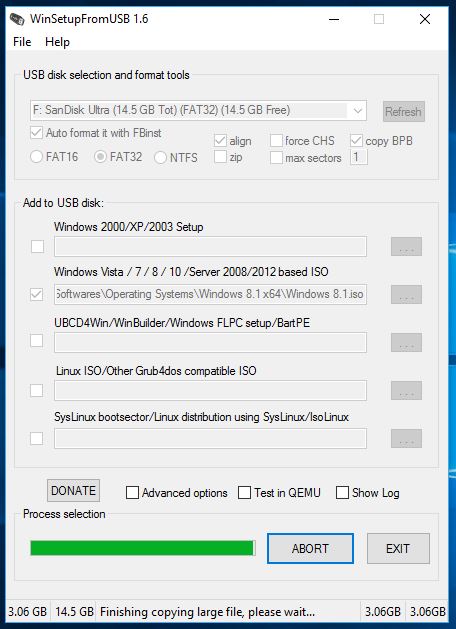Norton Ghost 12 Iso 2016 Requirements
Traditionally, Norton (Symantec) Ghost was the standard for deploying Windows operating system images. After acquisition, Symantec let the product stagnate over a period of years as Microsoft developed successive versions Windows, and it became necessary for us to switch to a solution that would natively support later versions of Windows PE. Norton Ghost 15.0.0.35659 With Recovery Disk ISO Overview Norton Ghost is an advance and user friendly software which helps to maintain your backup and recovers your files.it is a tool which provides high level protection to your files and folders.

This document discusses the following subjects: NOTE: This document is provided for the Information Technologies professional. It requires knowledge of advanced networking concepts. Iclone 55 pro keygen.
Symantec Technical Support does not provide assistance with this document. If you need assistance with information contained in this document, please consult your networking documentation or your Information Technologies department. • Introduction - How the Ghost Server and Ghost Client communicate over a network This section is a general discussion of how Ghost implements the TCP protocol. • Part 1 - How Ghost starts the session This section provides the steps to make Ghost initiate communications over the network. • Part 2 - How Ghost sends image data This section describes how Ghost communicates over the network after the Ghost Server's Auto Start criteria have been met.
• Part 3 - How Ghost closes the session This section describes how the Ghost Server and Ghost clients communicate with each other to indicate that the copy process is concluded and to close the session. • More information on packets, IP addresses, UDP/TCP protocols, and ports This section includes a table that illustrates the sequence of packets sent in Parts 1 through 3, and charts illustrating additional information. Introduction - How the Ghost Server and Ghost Client communicate over a network Ghost Multicast communicates through both UDP and TCP. When using the Windows version of Ghost Multicast, the TCP stack at the Ghost Server is provided by Windows.
At the Ghost Client, the TCP stack is provided by Ghost. NOTE: Communication across the network requires the proper updated Network Interface Card (NIC) drivers for each computer. UDP compared to TCP Ghost uses a combination of UDP and TCP. TCP cannot be used effectively for multicasting since the TCP protocol is designed for reliable communications between two end points, not between a group of client computers and a server. There are no multicasting protocols that use TCP. UDP is fast and allows Ghost to stream the data: That is, Ghost is not required to wait for an acknowledgment before sending the next packet.
Ghost Multicast Server, GhostCast Server, and Ghost Console require that the network switches and routers be IGMP-capable. When the routers or switches are not IGMP-enabled, Ghost may flood the network with packets or not work at all.
See the document Ghost compatibility with IGMP How the Ghost Client communicates with TCP Ghost.exe includes software for communicating through TCP. It packages the information into TCP and sends it to the drivers for the Network Interface Card (NIC). The NIC then sends out the packets.
Similarly, when the Ghost Client computer receives a packet, the NIC forwards the information to the Ghost Client. How the Ghost Server communicates with TCP When run in Windows, the Ghost Multicast Server does not include software for communicating through TCP. Instead, it relies on Windows software. Information is sent to the RML, which packages it for Winsock. Winsock packages the data into TCP and sends the data to the drivers for the Network Interface Card (NIC).